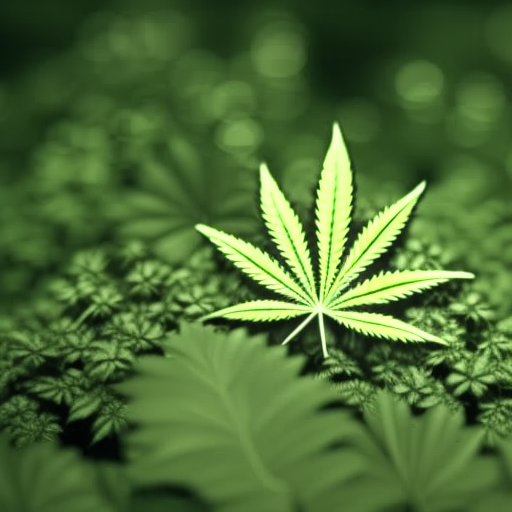 The opioid epidemic has been a pressing issue in the United States, with prescription rates and mortality rates associated with opioids steadily rising over the past few decades. In an attempt to address this crisis, researchers have been exploring alternative treatment options, including medical and recreational marijuana. A recent study conducted in Oregon sheds light on the potential impact of access to retail marijuana on opioid prescription rates.
The opioid epidemic has been a pressing issue in the United States, with prescription rates and mortality rates associated with opioids steadily rising over the past few decades. In an attempt to address this crisis, researchers have been exploring alternative treatment options, including medical and recreational marijuana. A recent study conducted in Oregon sheds light on the potential impact of access to retail marijuana on opioid prescription rates.
The study, published in the journal Regional Science and Urban Economics, analyzed data on opioid prescriptions and mortality rates in communities located near state-licensed cannabis outlets. The researchers found that communities within a mile of dispensaries had lower prescription opioid rates compared to surrounding areas. Specifically, prescription rates were 1.0 percent to 3.9 percent lower in these communities.
Interestingly, as distances from dispensaries increased, opioid prescription rates also rose. Communities located between 1 mile and 4 miles from a dispensary had higher prescription rates, which further increased as distances grew to between 4 miles and 10 miles, and even greater between 10 miles and 20 miles. This suggests that proximity to retail marijuana may influence patients’ choices regarding pain management.
The study highlighted the concept of a substitution effect, where patients may opt for cannabis instead of opioids to treat pain. It was noted that this effect diminishes as the distance from a dispensary increases. The researchers found that a 1 percent increase in distance traveled was associated with a statistically significant 0.014 percent increase in per capita opioid prescription rates, measured in morphine milligram equivalents.
While past research on medical marijuana has shown significant reductions in both opioid prescriptions and mortality rates, the new findings suggest that recreational marijuana laws may have a more limited impact on prescribing practices. Unlike some previous studies on medical marijuana, the research did not observe a corresponding drop in opioid-related deaths associated with adult-use cannabis.
The authors of the study, W. Jason Beasley and Steven Dundas, acknowledged that while the reduction in prescription opioid use was observed, no corresponding decrease in mortality was evident based on their data constraints. They hypothesized that the substitution effect may not be large enough or that individuals at risk of opioid misuse may not be making the switch to cannabis for pain management.
Overall, the findings support existing literature suggesting a substitution effect between legal cannabis and prescription opioids. However, the authors cautioned against viewing recreational cannabis laws as a sole solution to the opioid epidemic. They emphasized the need for further research to better understand the complex relationship between cannabis access and opioid use.
In conclusion, while access to retail marijuana may lead to lower opioid prescription rates in certain communities, more research is needed to fully grasp the implications for public health outcomes such as mortality and hospitalizations related to opioid misuse. The study underscores the importance of considering multiple factors when evaluating the potential role of cannabis in addressing the challenges posed by opioids in society.

